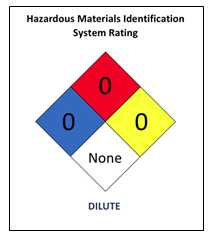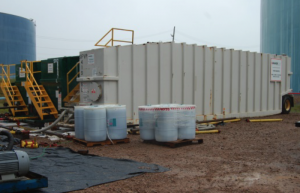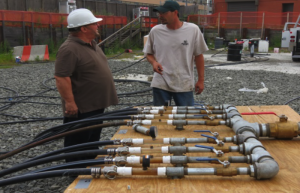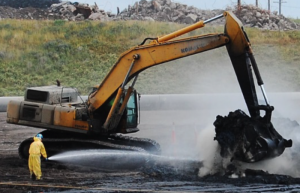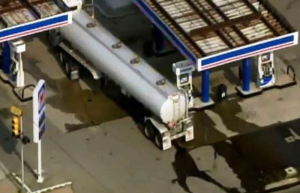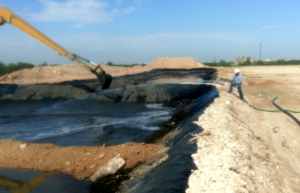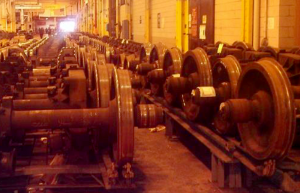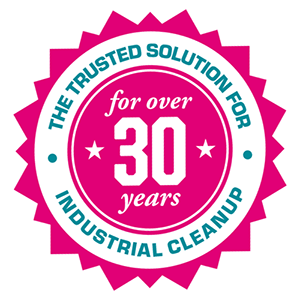BioSolve® Hydrocarbon Mitigation Agents
-
1) BioSolve® products contain no caustic or hydrocarbon solvents.
BioSolve® products are used for hydrocarbon decontamination. They contain no caustic, d-limonene or hydrocarbon solvents, which may be flammable, hazardous or harmful to the environment. (Caustic and solvents are often effective for the removal of oil and grease but are hazardous to workers and may incur additional disposal costs.)
-
2) BioSolve® products contain no hazardous ingredients as defined by CERCLA.
CERCLA (Comprehensive Environmental Response, Compensation, and Liability Act) was enacted by the US Congress in December 1980. CERCLA includes a single consolidated list of chemicals (about 4,000 listings) that are subject to reporting requirements under three major federal acts:
- The Emergency Planning and Community Right-to-Know Act (EPCRA),
- Comprehensive Environmental Response, Compensation and Liability Act (CERCLA), and
- Section 112(r) of the Clean Air Act (CAA)
None of the ingredients from any BioSolve® products are included on this list.
-
3) BioSolve® products contain no chemicals known to cause cancer or reproductive toxicity as defined by State of California, Proposition 65.
The California Safe Drinking Water and Toxic Enforcement Act of 1986 requires that the Governor revise and republish at least once per year the list of chemicals known to the State to cause cancer or reproductive toxicity. The most recent list was published December 29, 2017. No ingredients from any BioSolve® products appear on this list.
-
4) BioSolve® products are classified by the National Motor Freight Classification System as Class 55, Non-Hazardous
The National Motor Freight Classification™ (NMFC®) is a standard that provides a comparison of commodities moving in interstate, intrastate and foreign commerce. It is similar in concept to the groupings or grading systems that serve many other industries. Commodities are grouped into one of 18 classes—from a low of class 50 to a high of class 500—based on an evaluation of four transportation characteristics: density, handling, stowability and liability. Together, these characteristics establish a commodity’s “transportability.”
-
5) As used in a dilute solution (1% – 12%) BioSolve® products have a 0/0/0 rating on the National Fire Protection Association “fire diamond” system, indicating no hazard.
“NFPA 704: Standard System for the Identification of the Hazards of Materials for Emergency Response” is a standard maintained by the U.S.-based National Fire Protection Association. It allows emergency personnel to quickly and easily identify the risks posed by hazardous materials.
The four divisions are typically color-coded with red indicating flammability, blue indicating level of health hazard, yellow for chemical reactivity, and white containing codes for special hazards. Each of health, flammability and reactivity is rated on a scale from 0 (no hazard) to 4 (severe risk). Diluted BioSolve® products are rated as 0/0/0/None. As shipped (as a concentrate) BioSolve® products are rated as 1/0/0/none. The minor “Health Hazard” rating of 1, similar to the rating for many concentrated detergents and household cleaners.
